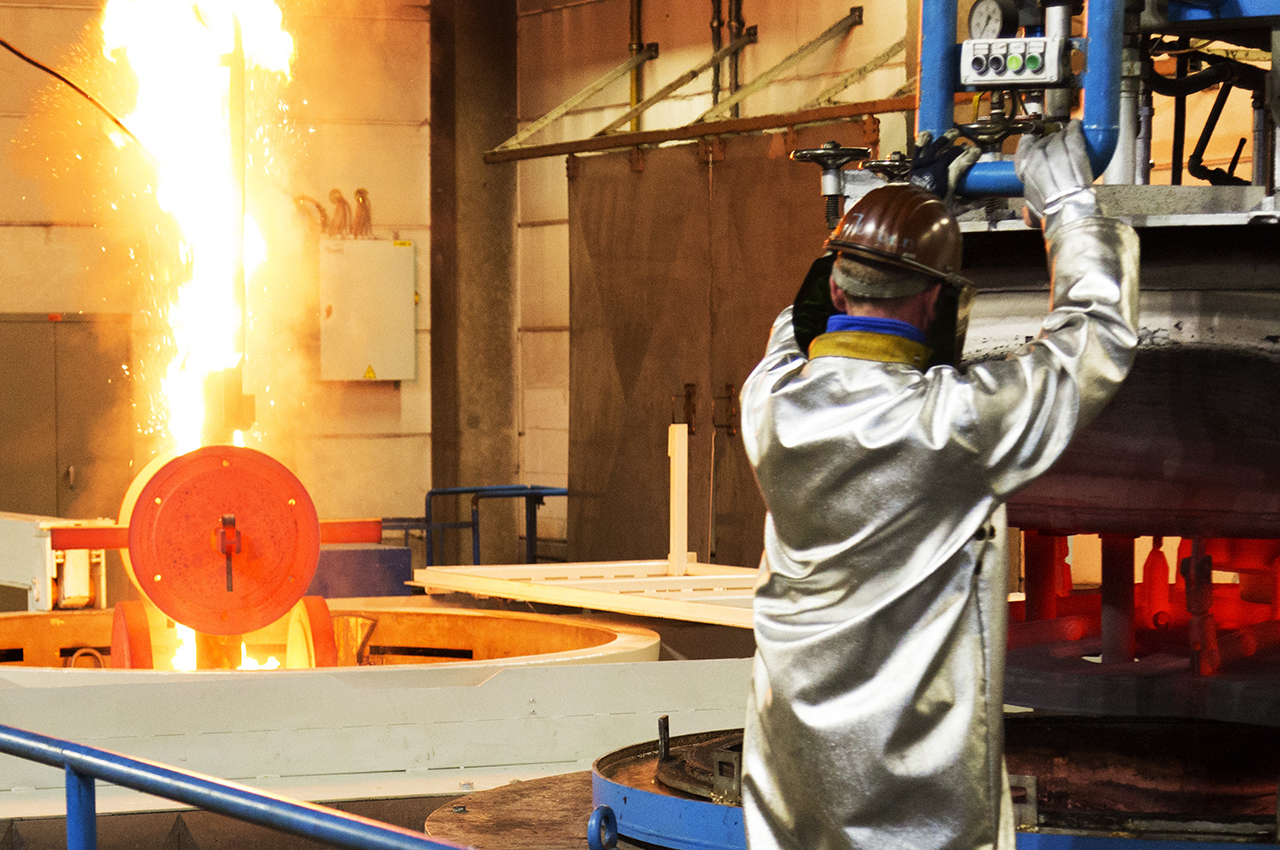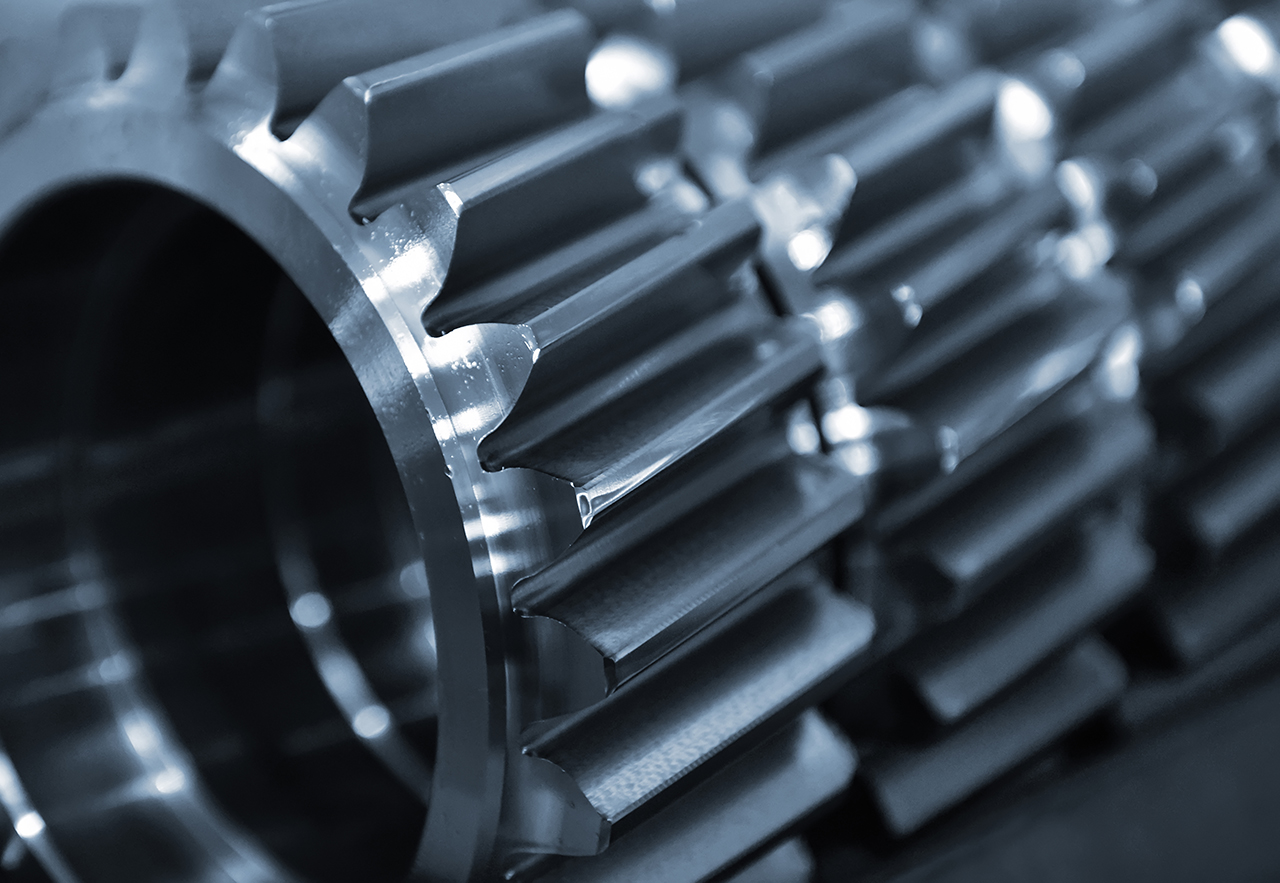
By Sushmita Das
In the world of engineering, the phrase “heat treatment” might conjure images of forging swords in ancient times or crafting steel beams for modern skyscrapers.
Yet, beyond the historical and architectural realms, heat treatment plays a pivotal role in an industry that’s crucial to our everyday lives: the gear manufacturing sector.
Gears, those silent yet robust components driving machines from watches to heavy industrial machinery, owe much of their strength and longevity to the heat treatment processes they undergo.
However, like any sophisticated process, heat treatment in the gear industry comes with its own set of challenges that must be deftly navigated to ensure the highest quality end product.
1. Uniformity of Heating: In the domain of gears, consistency is king. Achieving uniform heating across complex gear geometries can be a daunting task.
Uneven heating can lead to distortion, dimensional inaccuracies, and even catastrophic failure of the gear during operation.
2. Material Variation: The gear industry relies on a wide array of materials, each with its unique thermal properties. These materials respond differently to heat treatment, making it challenging to find a one-size-fits-all solution.
3. Residual Stresses: The heat treatment process can introduce residual stresses into the gears, potentially leading to performance issues or reduced fatigue life.
4. Distortion and Quenching Cracks: The rapid cooling during quenching, a critical step in heat treatment, can cause distortion or even cracks, undermining the integrity of the gears.
5. Surface Hardness Consistency: Ensuring consistent surface hardness across the gear is essential for uniform wear resistance. Any deviations could lead to premature failure of the gear teeth.
1. Advanced Simulation and Modeling: Modern technology comes to the rescue with advanced simulation and modeling tools.
These allow engineers to predict how a gear will react to heat treatment, which enables them to fine-tune the process for optimal results.
2. Tailored Heat Treatment: Instead of a one-size-fits-all approach, researchers are working on a tailored heat treatment processes for different gear materials. This involves adjusting heating and cooling rates based on the material’s specific characteristics.
3. Pre- and Post-Heat Treatment Machining: Machining before heat treatment can mitigate distortion, while post-heat treatment machining can refine dimensions to their desired values.
4. Controlled Quenching: Implementing controlled quenching techniques, such as interrupted quenching or using different quenching media, can reduce distortion and cracking issues.
5. Surface Coatings: Applying surface coatings after heat treatment can enhance wear resistance without compromising the core material’s properties.
In an ever-evolving landscape, the gear industry continues to push boundaries. Researchers, engineers, and manufacturers are collaborating to develop innovative heat treatment solutions that overcome existing challenges and usher in a new era of gear technology.
Through a combination of computational advancements, tailored approaches, and meticulous process control, the industry is navigating the complex realm of heat treatment with renewed vigor.
The gear industry might remain hidden from the public eye, but its impact reverberates through numerous sectors from transportation to manufacturing. The challenges it faces today are not merely obstacles; they are stepping stones toward innovation and excellence.
As we look to the horizon of technology and machinery, we can be rest assured that the gears turning quietly behind the scenes are forged in the crucible of knowledge and perseverance ready to power the world into the future.
